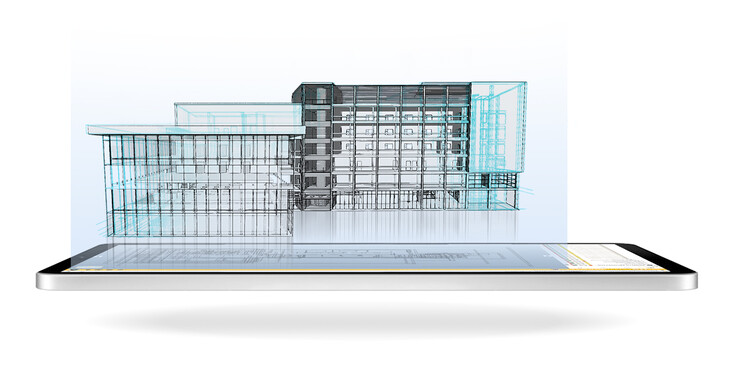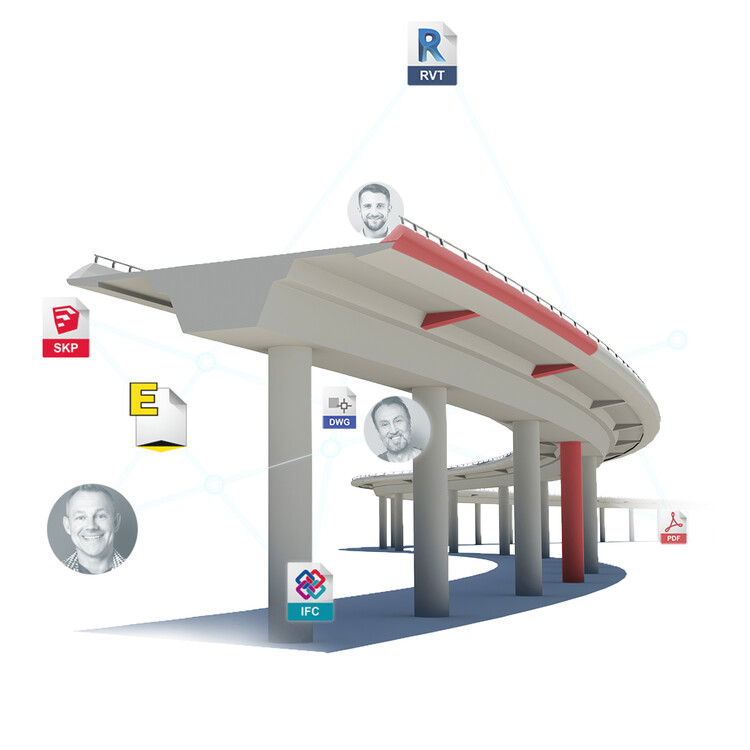
Open BIM is an acronym referring to Open Building Information Modeling and is a universal approach to the collaborative design, realization, and operation of buildings based on open standards and workflows. It is an initiative of buildingSMART and is supported by many leading software vendors in the building industry.
It defines methods for the object-oriented description of buildings using open data formats that facilitate integrated project delivery. Open BIM provides a common language for the exchange of information within a multidisciplinary project team.

Advantages of open BIM over closed BIM
In an open BIM workflow, the entire process is based on standard formats–such as IFC–for exchanging information between programs, rather than proprietary formats. This sharing of data using open standards means that information can be easily used in different applications to streamline workflows and minimize errors.

But what are the advantages of open BIM versus closed BIM?
With closed BIM, data is stored in a native format that can only be accessed by the application from which it was created. For example, if you create a project in Revit, then save the file and try to open it again in ArchiCAD or another software, you will receive an error message saying that the file cannot be opened because it was not created with that software. The same principle applies if you are trying to export model data to another program: each application has its own custom format for exporting 3D models, so there is no way to guarantee that the data will be transferred correctly unless all parties are using the same software - a tall order especially considering how many actors are involved in a construction project. With an open BIM workflow, however, project files can easily be exported in different formats for use in other programs without losing any quality or accuracy (unless you choose not to convert them).


Open BIM is the antidote to proprietary software that locks you in to using a single tool
Open BIM is more than just software. It's a way of working that enables you to choose the tools and workflows you want, and share data with everyone involved in the project.
ACCA software is one of the leaders in the adoption of this technology and its products will be a key part of the future of this technology.

ACCA's BIM software allows users to share information in real time while retaining design flexibility throughout the design and construction process. There are many reasons to adopt Acca’s Open BIM solutions, including:
- integrated solutions that allow designers and engineers to work together regardless of their choice of software;
- open standard for BIM data exchange such as the IFC file format. This format offers the ability to export and import BIM data from one tool to another without loss of information, making workflows more efficient and helping teams collaborate on a shared vision of the project.

To learn more and try out open BIM, visit the ACCA Software website.

